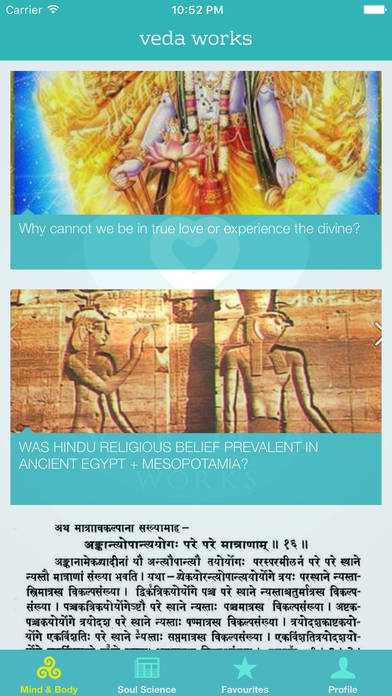
Veda is the highest authority in Hindu knowledge system and the authority of all other scriptures are based on the authority of the Veda. Vedas are four - Rig, Yajur, Sama and Atharva. Rigveda contains prayers to Gods (Riks are the mantras). Yajurveda has methods to use Riks for sacrifices (Yajus-Yajna). Sama Veda introduces musical notes. Atharva Veda gives ways to make life successful, and contains methods to fulfill what can be called material aspirations.
Each Veda has three sections - Samhita, Brahmana and Aranyaka. Samhita has prayers or Suktas. Brahmana has sacrificial methods. Aranyaka has Mantras and methods that are practiced in the forests (that is, not for grhasthas). Upanishads normally appear in the last part of Aranyaka and deal with spiritual philosophy. Some Upanishads are exceptions and appear in Samhita and Brahmana too. Thus Upanishad, as it appears in the last part of the Veda, is called Vedanta. There are 108 Upanishads and 10 of them are famous. Since Upanishads mostly philosophical they are found in prose. But there are Upanishads like Taittireeya and Ganapathi Atharva Seersha that have svara.
These four sections are mapped to the four Ashramas. A brahmacari is supposed to study the Samhita. Grhastha is supposed to follow the Brahmana. Vanaprasthi is supposed to follow Aranyaka. Sanyasi is supposed to contemplate on the Upanishads.
The Rigveda itself indicates that Truth is one - "ekam sad vipra bahudha vadanti agnim yamam matariswanam ahuh"[1](meaning Truth is one, but the learned refer to it in different names like agni, yama, matariswan). But the concept that there is a single Parabrahman and that all Gods are Its forms, is more clearly visible towards the Vedanta (Upanishads). Its implications can be seen in later sections, especially when we discuss Darshanas and Puranas.



